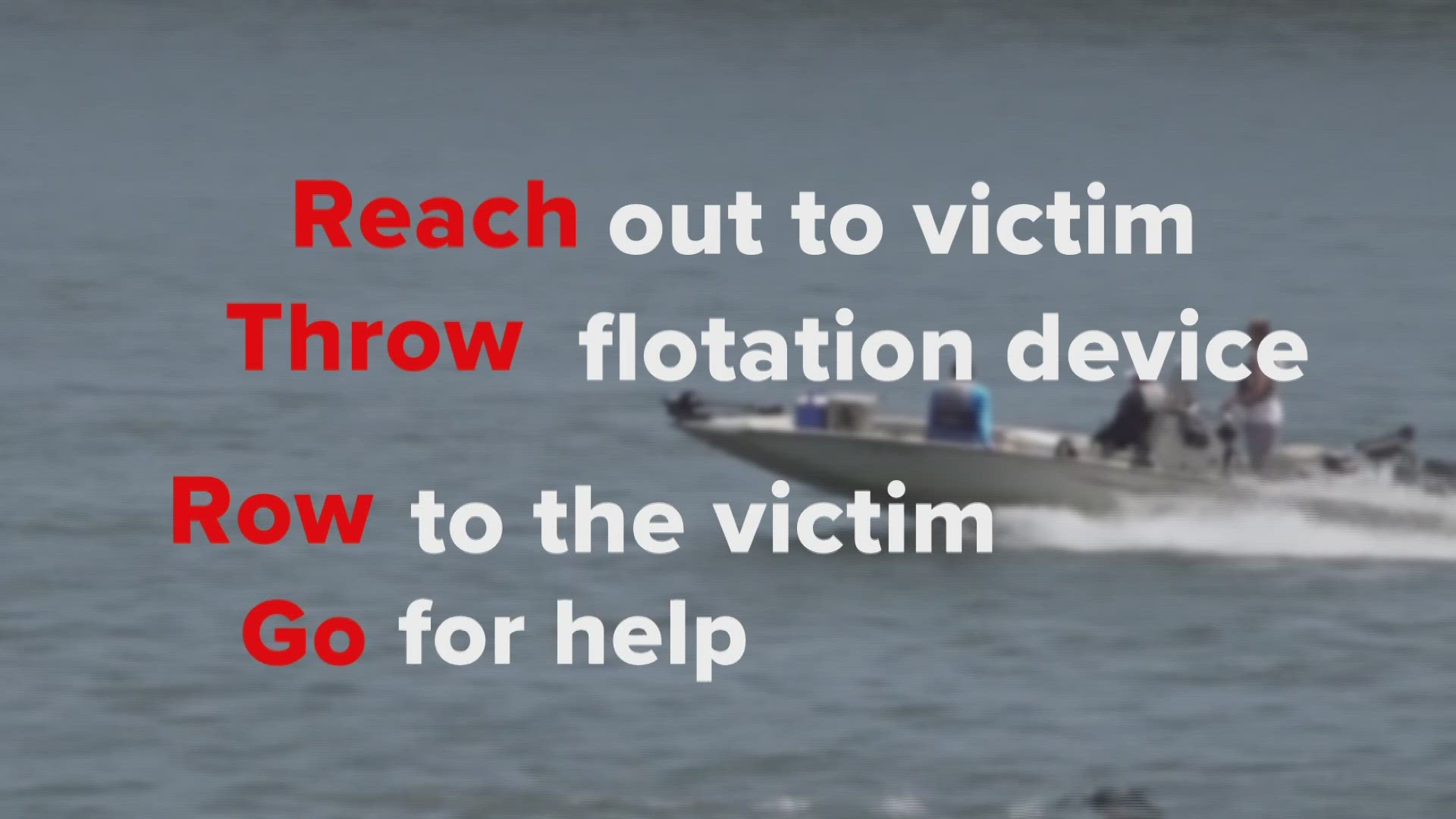KNOXVILLE, Tenn. — A boater was found dead at Fort Loudoun Lake near Concord Park on Saturday afternoon, according to the Tennessee Wildlife Resources Agency.
At around 2 p.m., Charles Egbuniwe, 22, swam from a vessel to the shore, went under and did not resurface, TWRA said. Witnesses helped the Knox County Rescue Squad to find where Egbuniwe went under. Later, searchers found his body.
A diver recovered his body at around 4:50 p.m. According to TWRA, this incident makes the 13th fatal boating-related incident in the state this year. TWRA now urges precaution when boating or swimming.
"We're on pace to exceed the average of 22 fatal boating incidents that we see across Tennessee every year," Matthew Cameron, TWRA spokesperson, said.
The Fort Loudoun case is under investigation and the cause is not yet known, but Cameron said they often see incidents similar to this that come out of several reasons.
People sometimes can underestimate the distance and decide to swim to the shore.
"They say, 'It's not that far, I'm gonna take off, I'm gonna swim across' and then they get halfway across and they either cramp up, or it's a further distance than they realized," Cameron said. "Swimming is a strenuous activity. You know, it looks so peaceful and calm and relaxing, but your entire body is moving when you're swimming."
There are rules when on the water. People have to learn how to drive a boat and what the rules are on the lake, Sun Life Marinas Concord Harbor Master James Bisch said.
When you're out on the lake, Bisch said you get a false sense of security.
"You never jump in the water without having some kind of flotation device, in case you do have an incident in the water where you have to be rescued, you have something to hang on to," Bisch said. "The boats do not have brakes. It's not like a car where you can just come to a sudden stop, you have to give yourself distances."
If someone in the water becomes in distress, TWRA said to remember: reach, throw, row and go.
"Try to reach out to that victim with a paddle, a boat hook, which is a device that you're using boats to maybe pull yourself to the dock, or a fishing pole or something to try to reach out to first and pull them back to the boat. That's gonna be the safest way to rescue that person without putting yourself in danger," Cameron said.
The second step is to throw something that will float. TWRA said boats are required to have a throwable device on board.
"It's a square cushion with the handles on it, or maybe a ring buoy like a lifeguard would use. Throw something to them, throw a lifejacket to them something that they can grab ahold of," Cameron said. "The next safest way is to row or paddle the boat over to them or maybe using an electric trawling motor, something that's not going to put that swimmer in danger."
Lastly, if you have to go into the water, put a life jacket on and take one with you because when someone is drowning they may pull you down as well.
"We've seen accidents happen where you have multiple victims for that reason where people just react," Cameron said. "Their first reaction is to jump in to try to help and we understand that, but we ended up with multiple victims oftentimes. Take care of yourself first and then try to help the person who's struggling."
These steps were probably not applicable for Egbuniwe because he may have been at a really far distance, Cameron said.
TWRA wants the public to know if there is a situation where a person is struggling and close to a boat, to reach, throw, row and go when trying to help.
With summer days welcoming groups of people on the lakes, Cameron said if somebody wants to swim to the shore, the best way is for someone to accompany that person.
"Do your best to talk them out of attempting that and if they are just dead set on doing it, put a life jacket on and swim with that person," Cameron said. "That way if something does happen, somebody can be there to try to rescue him."

